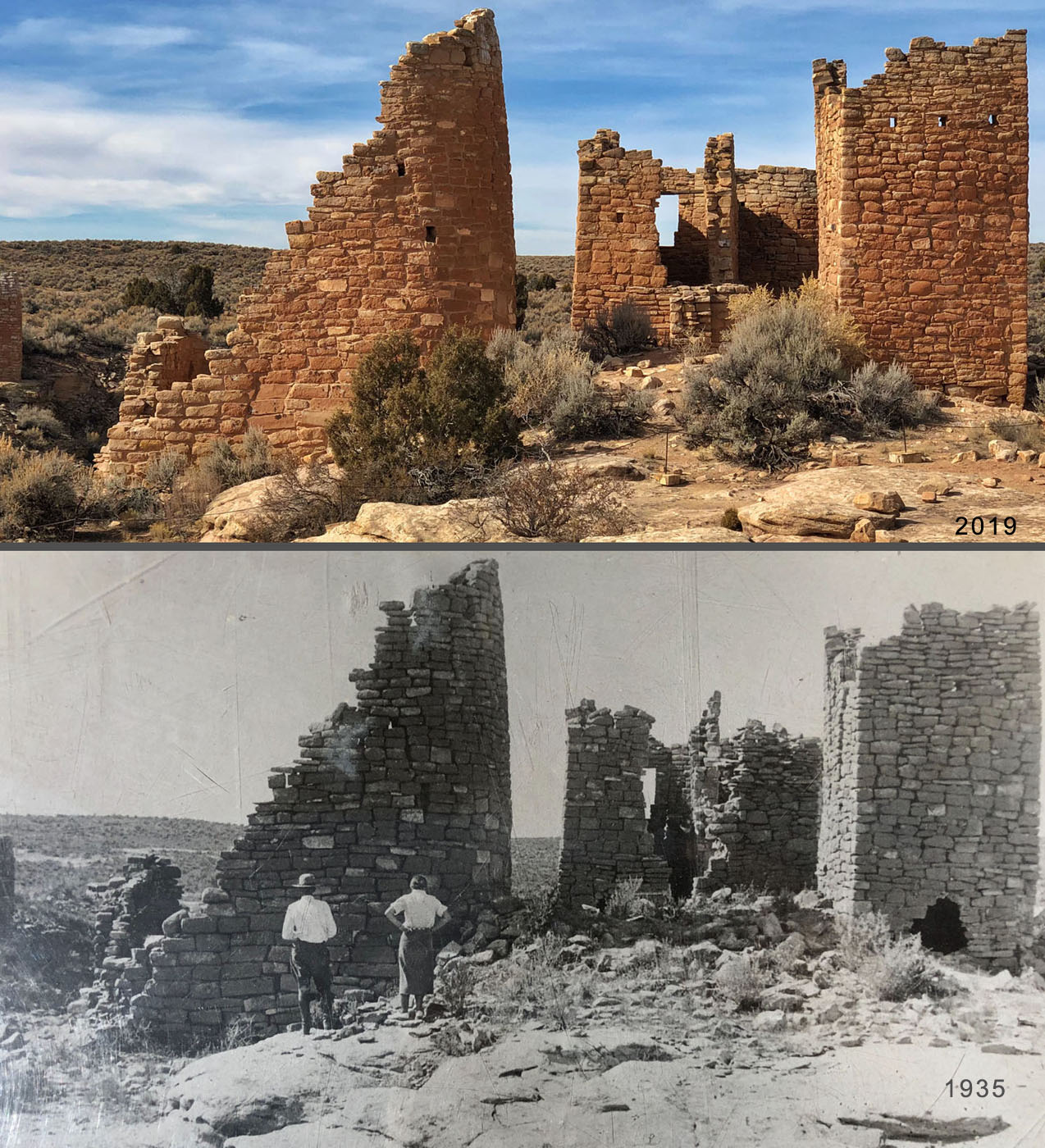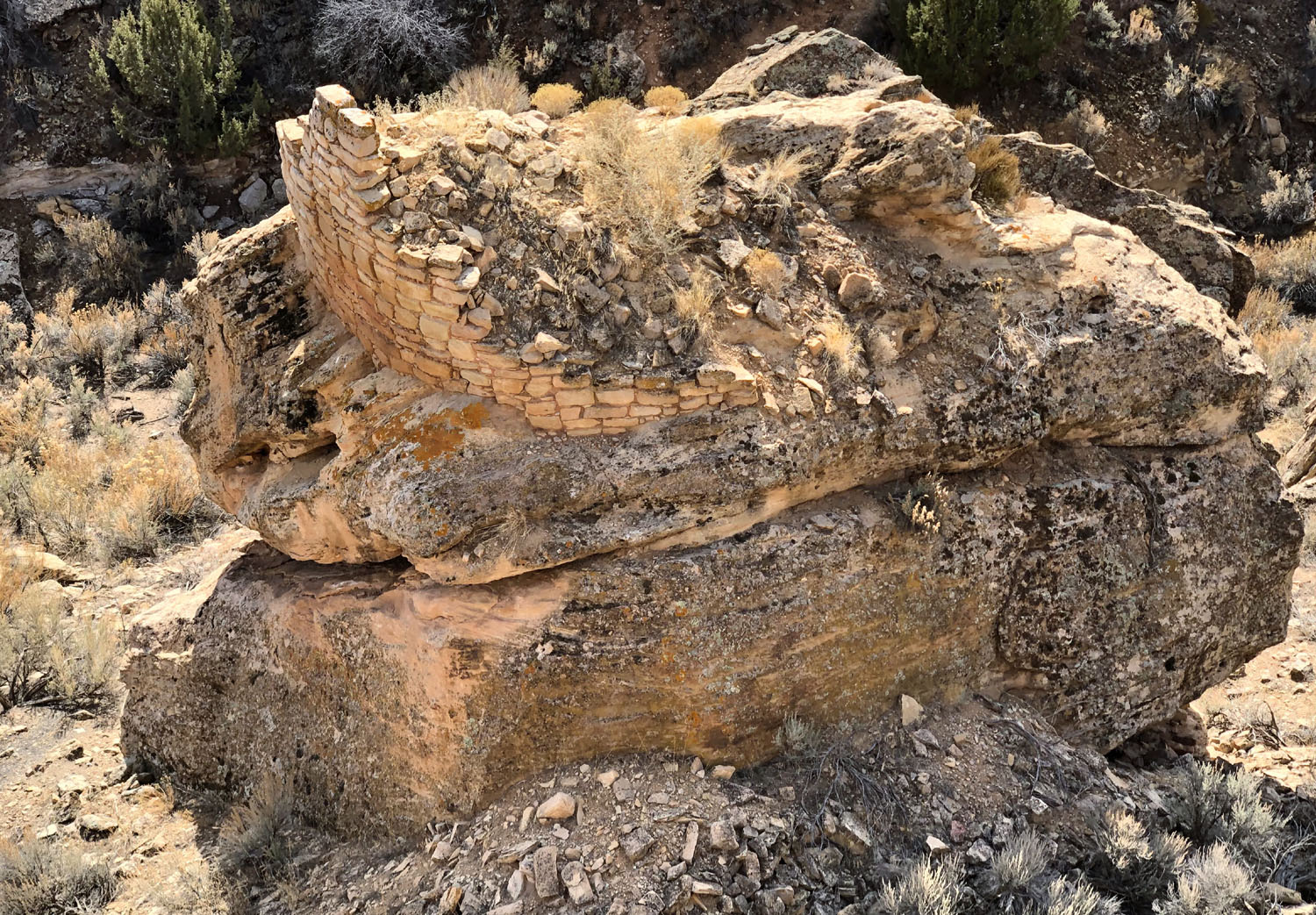On a windswept canyon rim in far southeastern Utah stand the remains of some of the most baffling stone structures in North America.
Puzzling Structures
At Hovenweep (a Piute/Ute word for “Deserted Valley”), both the setting and the design of the structures are puzzling. Many other Anasazi ruins around the southwest are essentially ancient stone apartment complexes, clearly used as dwellings, and often protected from the elements under an overhanging cliff.
In contrast, most of Hovenweep’s structures are exposed to the elements along the canyon rim, while others are precariously perched on boulders. Archaeologists have had a hard time understanding the purpose of Hovenweep’s structures.
The shapes at Hovenweep range from square and rectangular to circular, oval, and D-shaped, some without windows or doors. Most don’t seem to have been dwellings. So how were they used?
Defensive structures? Storage buildings? Signaling stations? Places of refuge? Pieces of art?
Researchers Uncertain
Many researchers have described Hovenweep’s structures as “ritual” or “ceremonial,” which is code for “we don’t exactly know.”
Limited Restoration
Although some recent restoration and stabilization has occurred at Hovenweep, most of the structures are close to what they looked like when the ruins were discovered by a Mormon expedition in 1854.
Masterful Masonry?
Much is made in the literature about the “masterful masonry” at Hovenweep. In reality, modern stone masons would identify many “mistakes” in the Hovenweep structures – mostly long vertically-aligned head joints. Regardless, they have withstood more than 700 years of harsh weather at an elevation of over 5000 feet.
Dakota Sandstone
One advantage the Anasazi had at Hovenweep was a durable building stone – the Dakota Sandstone – which forms the rim of the canyon. The Dakota is a well-studied Cretaceous sandstone layer that was deposited east of the rising Rocky Mountains from Canada to Mexico nearly 100 million years ago.









